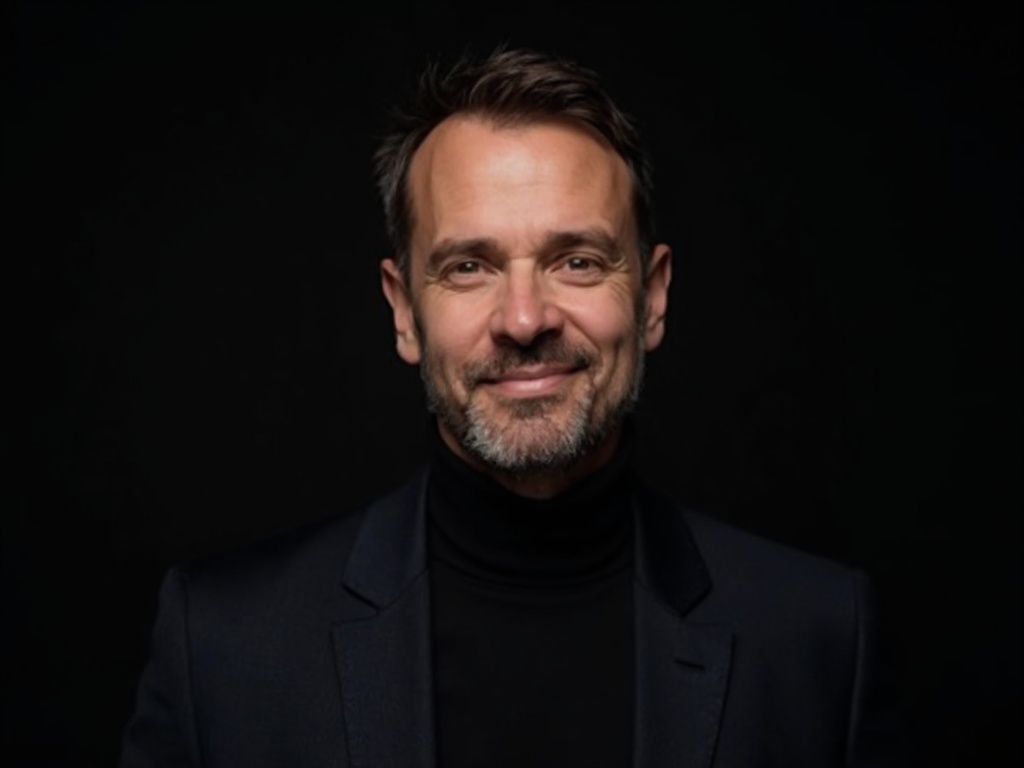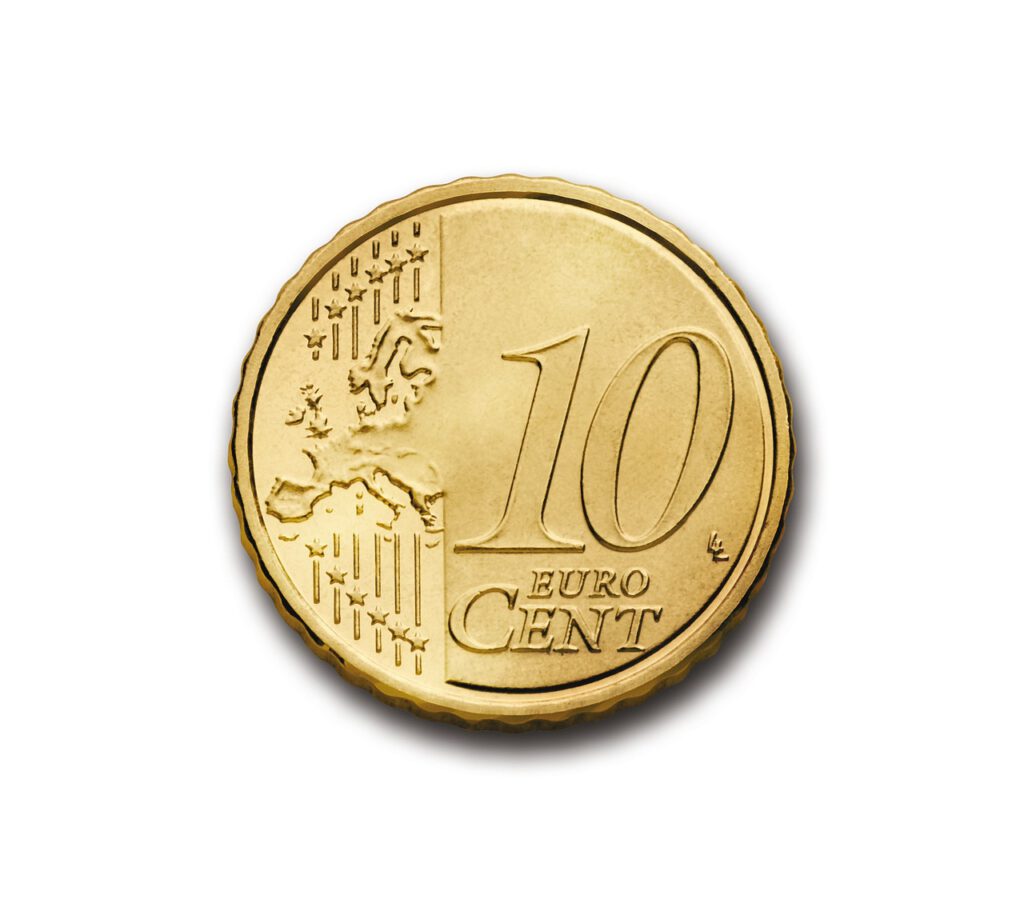The Surprising Strength of Simplicity

Most people believe that investing needs to be complicated, full of endless research and quick decisions. Yet, the more the world changes and markets swing wildly, the more investors rush toward something surprisingly simple: passive investing. In the midst of headlines shouting about dramatic gains and shocking losses, passive investment strategies quietly continue to grow. Why do so many people trust a “do less, earn more” approach, even when the financial world seems upside down? The answer reveals something not just about money, but about human nature itself.
How Passive Investing Works

Passive investing is all about buying and holding a broad basket of investments, usually through index funds or exchange-traded funds (ETFs), and then letting them grow over time. Instead of trying to pick the next big winner or time the market, passive investors simply aim to match the overall market’s performance. This approach is less stressful and involves much less hands-on management than active strategies. If you think of investing like gardening, passive investing is planting a whole garden and letting it blossom over years, rather than fussing over each plant every day.
The Meteoric Rise of Passive Investing

Over the past decade, passive investing has exploded in popularity. Assets in passive funds have soared past $10 trillion globally. This stunning growth happened because more and more investors realized that chasing hot stocks or jumping in and out of funds rarely pays off in the long run. Every year, studies show that most active fund managers can’t beat the market, even with all their research and fancy tools. People are waking up to the fact that the simplest way is often the smartest way.
Why Lower Costs Matter More Than Ever

One of the biggest attractions of passive investing is its exceptionally low cost. While active funds demand hefty management fees—sometimes over 1% of your total investment—passive funds often charge just 0.1% or less. That might not sound like much, but over twenty or thirty years, those tiny differences quietly turn into huge amounts of money. Imagine running a marathon and shedding pounds from your backpack; suddenly, the finish line seems a whole lot closer.
Riding Out the Storm: Passive Investing During Volatility

Market volatility can feel terrifying. When prices swing wildly, the urge to jump ship or try something new can be overwhelming. Passive investing, however, helps people stay calm. Instead of reacting to every dip or spike, passive investors stick to their plan. This steadiness means they avoid costly mistakes that often come from panic selling or buying at the wrong time. It’s like being on a roller coaster—if you keep your seat and trust the ride, you’ll almost always end up safely back where you started, if not further ahead.
Long-Term Results Speak Louder Than Hype

When you look at the numbers over decades, passive funds consistently deliver strong results. Most active funds fall short of their benchmarks over 10, 15, or even 20 years. In one report, more than 80% of active U.S. equity funds couldn’t beat the market over 15 years. This trend repeats itself again and again. The message is clear: patience and broad exposure often beat trying to outsmart the market.
Diversification: The Ultimate Safety Net

Passive investing isn’t just about doing less; it’s also about spreading out your risk. Index funds and ETFs usually contain hundreds, sometimes thousands, of different stocks or bonds. This built-in diversification means if one company stumbles, the impact on your total investment is small. It’s like carrying a basket full of different fruits—if one goes bad, you still have plenty left to enjoy.
Technology Makes Passive Investing Even Easier

The digital revolution has made passive investing more accessible than ever. Online trading platforms and robo-advisors now let anyone start investing with just a few clicks. These tools help people build balanced, diversified portfolios automatically, without needing a degree in finance. Even if you know nothing about the market, technology can set you on a path to long-term growth.
Human Nature and the Discipline of Doing Less

Behavioral finance reveals that humans are often their own worst enemies when it comes to investing. Emotions like fear and greed can drive people to make disastrous decisions, especially when markets get choppy. Passive investing fights this by encouraging discipline. By sticking to a strategy and ignoring the noise, passive investors dodge the emotional roller coaster that causes so many others to stumble.
The Next Generation and the Passive Revolution

Younger investors, who have grown up in a world of apps and instant information, are especially drawn to passive investing. They value simplicity and transparency and are quick to embrace technology that makes investing less intimidating. As these digital natives become the majority of investors, the shift toward passive strategies is likely to accelerate even more.
The Lasting Appeal of Passive Investing

Passive investing continues to dominate because it offers something most people crave: peace of mind. It promises steady growth, low costs, and a way to weather even the wildest financial storms. For millions, it’s not just about making money—it’s about sleeping well at night, knowing their financial future is on a solid foundation.




